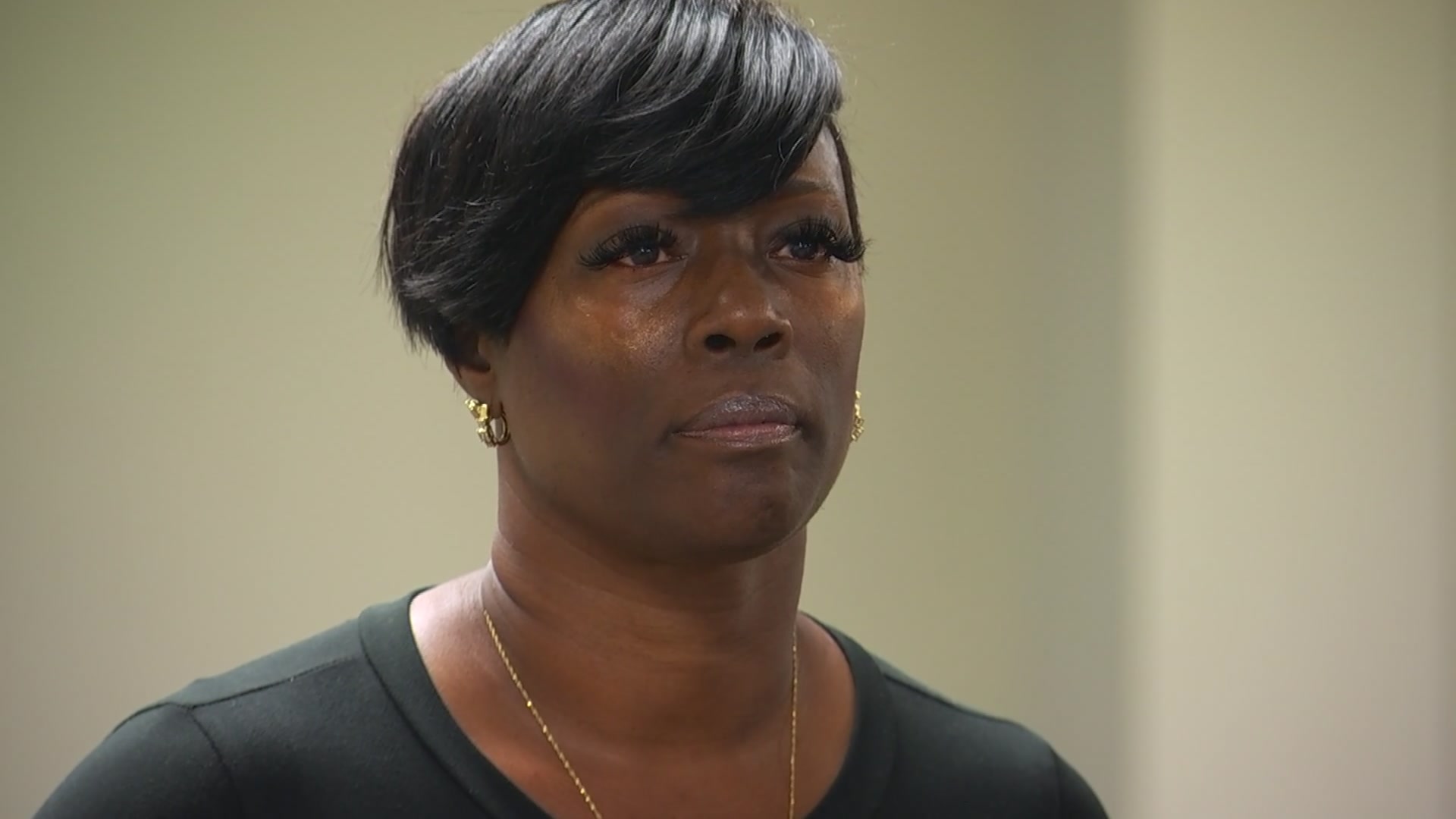The newest worker on the ninth floor of the University of Texas Medical Branch's Jennie Sealy Hospital only has one arm and needs a set of wheels to roll around.
The Galveston County Daily News reports despite the odd look, the medical branch hopes Moxi, a robot that was recently introduced to the floor, can help ease workloads on the nurses.
Moxi was built and designed by Austin-based Diligent Robotics, and arrived this month in Galveston for a 30-day testing period. The goal of the trial is to help the robot better develop into a tool that could be useful in hospitals.
Moxi isn't treating patients, administering medication or doing other tasks that require interactions with patients. Rather, the robot is tasked with delivery duties.
If a room needs new linens, Moxi can go get them, using the grabber on the end of its arm. If a nurse forgot a syringe kit, Moxi can be sent to retrieve that, too. The goal of using the robot is to cut down on the time nurses have to spend away from patients, said Agata Rozga of Diligent Robotics.
"We designed Moxi to be kind of a supportive member of the clinical care team," Rozga said. "The goal of Moxi is to think about what are some of the more routine kind of logistical tasks that take nurses and patient-care techs away from the bedside."
Moxi was designed to be a friendly looking, social robot, said Vivian Chu, chief technology officer for Diligent Robotics. Its "face" and body are all rounded corners, not unlike EVE, the little floating robot from Disney's hit movie "WALL-E."
Local
The latest news from around North Texas.
Moxi's eyes are blue-green lights, and can change into little heart emoticons when it's "listening" to someone. It can't talk to people, but does chirp at passersby, not unlike R2-D2 of "Star Wars" fame.
Much of what Moxi does is automated, although for the trial period, a Diligent Robotics employee will be following the robot to observe.
"It's really neat how it will be part of the team," said Morgan Stang, a nurse clinician. "I think it will be very helpful. I think it's something new so I think everyone is trying to figure out how a robot can interact with humans."
Moxi's already a hit on the floor, Stang said. Patients, visitors and staff members have stopped by the unit to meet, and pose for pictures with the robot.
Moxi isn't taking away anyone's job, right now, medical branch officials said.
"We want people to be taking care of people," Rozga said
Tools like Moxi represent recent leaps in technology that have allowed robots to enter new types of workplaces, said Dezhan Song, a professor of computer science and robotics at Texas A&M University.
"The trend of the robotics industry is penetration into non-traditional domains," Song said. "Traditionally, robots live on factory floors, but modern technology is gradually making it feasible to be used like this."
Faster wireless networks, smaller computer chips and touch-screen controls all are among the advances that are leading to more robots being in more places, Song said.
Hospitals are likely to be among early adopters for robots, because there is a lot of funding available for medical tools, Song said. The medical industry is probably behind only the military in terms of introducing robots to the workplace, he said.
Moxi has been in development for about a year, though its technology represents close to 10 years of advances in robotics, Rozga said.
Moxi's time in Galveston is scheduled to be a short stay. After about a month, the robot will be taken off the floor and the team from Diligent will take the data it gathered to make improvements to the design.
"We really are trying to understand, on a deeper level, what all the opportunities are," Rozga said.



